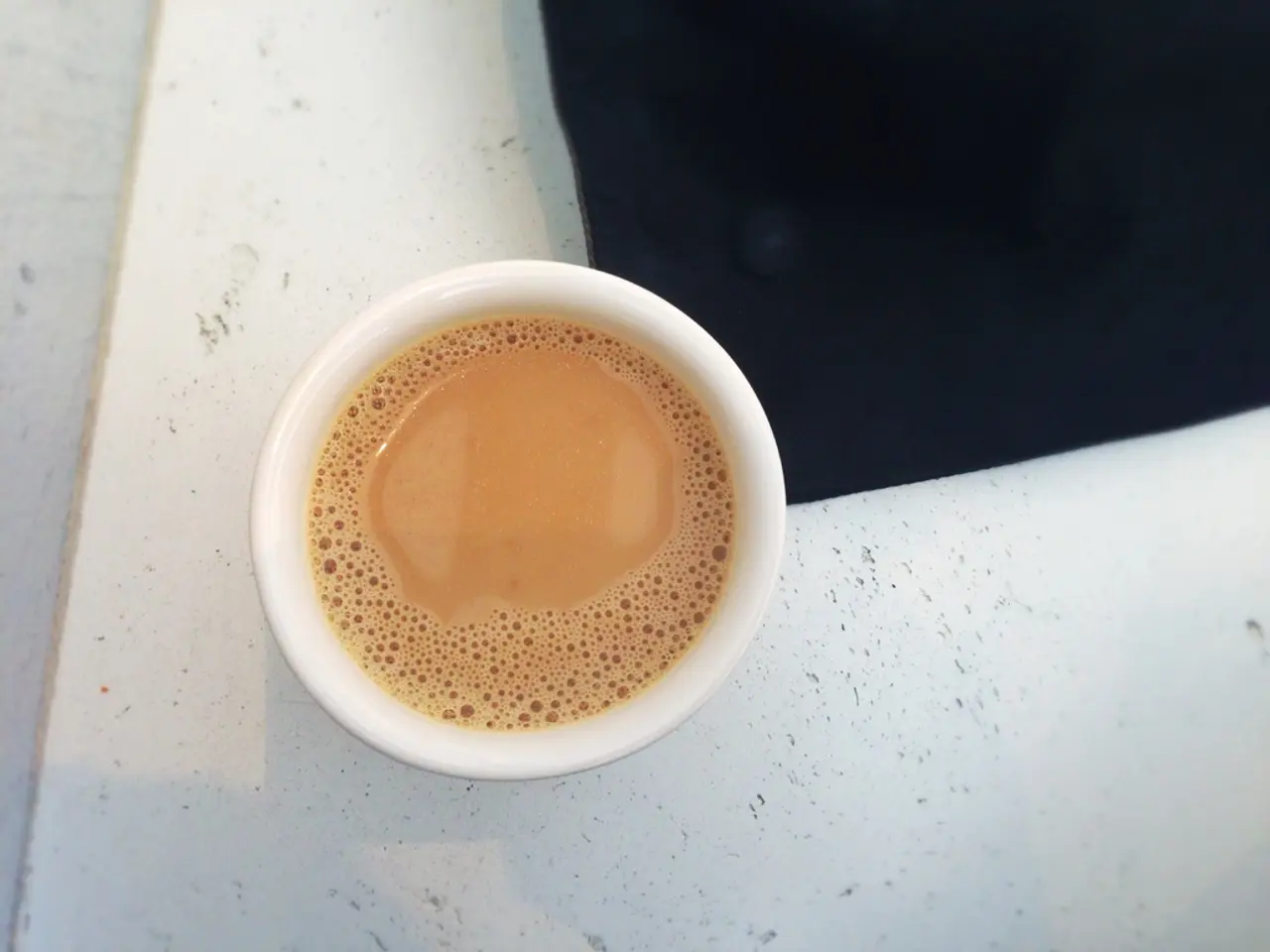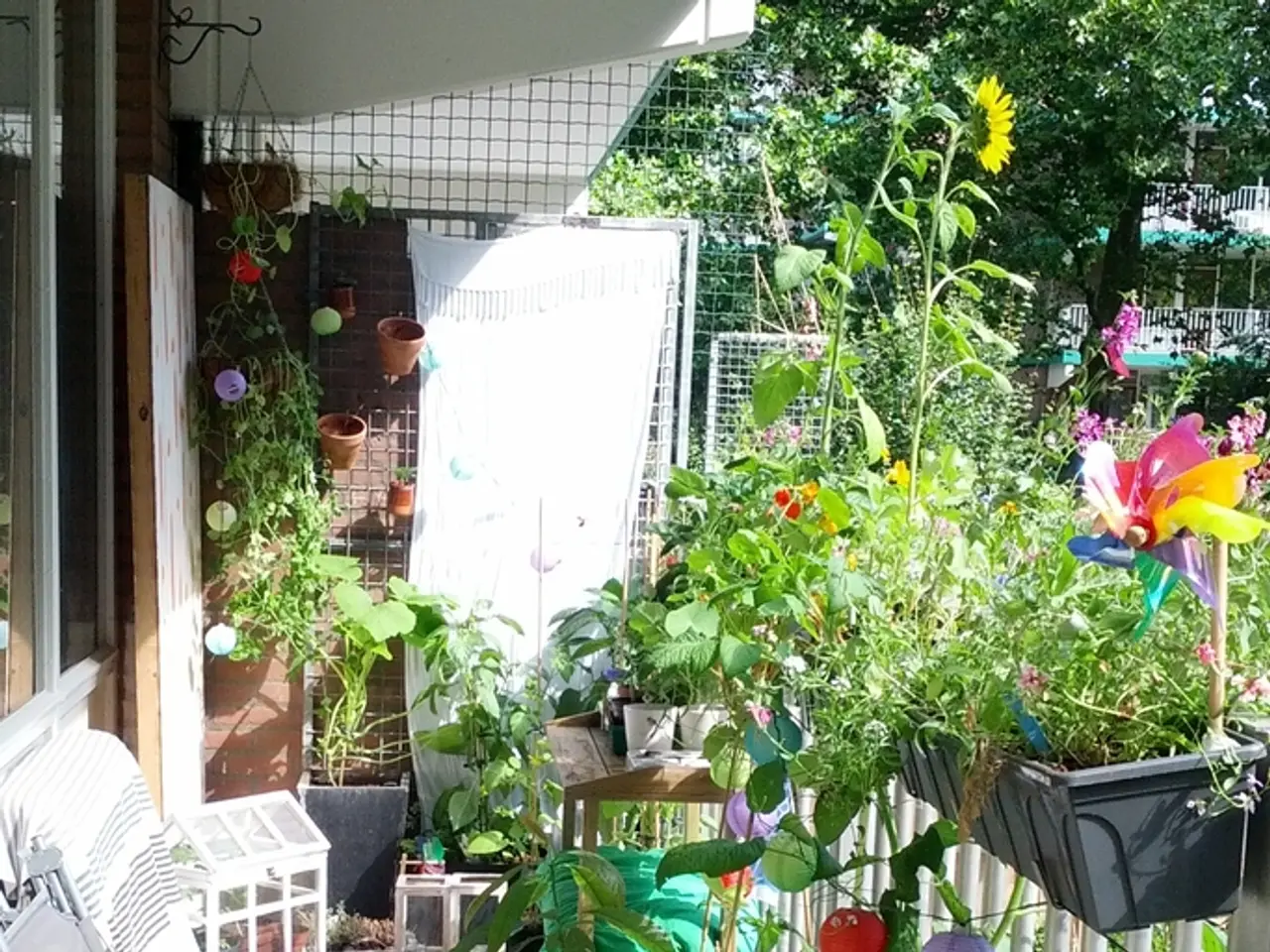Mastering the Craft of Japanese Tea Preparation: Selecting the Ideal Tea Equipment
===============================================================================
Embracing the art of Japanese tea involves more than just sipping a cup. Choosing pieces that make you feel good and elevate the ritual is crucial. In this guide, we delve into the key types of Japanese teaware and their purposes in enhancing the flavor, aroma, and texture of Japanese tea.
The Kyusu Teapot
One essential piece of Japanese teaware is the Kyusu teapot, often made from unglazed Tokoname-yaki clay. This type of teapot, such as the Gyokuryu Umehara Tokoname, is crafted from iron-rich shudei clay, which subtly reduces tea astringency and mellows the flavor. Its built-in ceramic sasame filter allows natural straining of tea leaves, improving clarity and aroma while enabling faster pouring and less clogging [1].
The Chawan Tea Bowl
During Japanese tea ceremonies, especially for preparing matcha, the Chawan tea bowl plays a significant role. The bowl's shape and material contribute to heat retention and mouthfeel, which affects the overall drinking experience [2][3].
The Chasen Tea Whisk
Made from a single piece of bamboo, the Chasen is essential for frothing matcha tea to create a bright green, frothy texture that brings out the tea’s fresh aroma and smooth taste [2][3].
The Fukusa Silk Cloth
Though not a brewing tool, the Fukusa is used in the Japanese tea ceremony to purify utensils, maintaining the ceremonial cleanliness that enhances the sensory experience indirectly by preparing the teaware in a ritualized manner [3].
Yunomi Cups and Tetsubin Kettles
Yunomi cups, smaller than Western-style mugs and designed without a handle, are a traditional Japanese tea cup. They come in many designs, from minimalist to intricately decorated. Holding a yunomi in both hands offers a comforting touch [5].
A tetsubin is a traditional Japanese cast iron kettle, often beautifully decorated. Not all tetsubins are the same; some are purely for boiling water, while others are enamel-lined and suitable for brewing tea directly. Cast iron holds heat exceptionally well, keeping water warm for multiple rounds of tea [6].
Starting Your Japanese Tea Journey
If you're new to Japanese tea, starting with a basic kyusu and a couple of yunomi cups is a great way to immerse yourself in this rich culture. Building a Japanese tea set is a journey, starting with essentials like a kyusu or yunomi and adding pieces as you explore different teas.
References:
[1] Japanese Tea Ceremony
[2] Chawan
[3] Fukusa
[4] Kyusu
[5] Yunomi
[6] Tetsubin
- Beyond just cooking, Japanese tea lifestyle revolves around acquiring teaware that elevates the ritual, such as the Gyokuryu Umehara Tokoname Kyusu teapot, which enhances the flavor and aroma of tea through its unique clay composition.
- In the world of fashion-and-beauty, the Yunomi cups, ranging from minimalist to intricately decorated, become an extension of one's personal style when engaging in the ritual of Japanese tea.
- When preparing food-and-drink like matcha, individuals can use recipes that call for essential tools like the Chasen, a bamboo whisk, and Chawan, a tea bowl designed to offer an optimal drinking experience with its heat retaining properties and impact on the mouthfeel.
Home-and-garden enthusiasts may also enjoy exploring tea-related products such as the Tetsubin, a traditional cast iron kettle, or selecting various pieces for their home and garden that contribute to creating an immersive Japanese tea journey.




